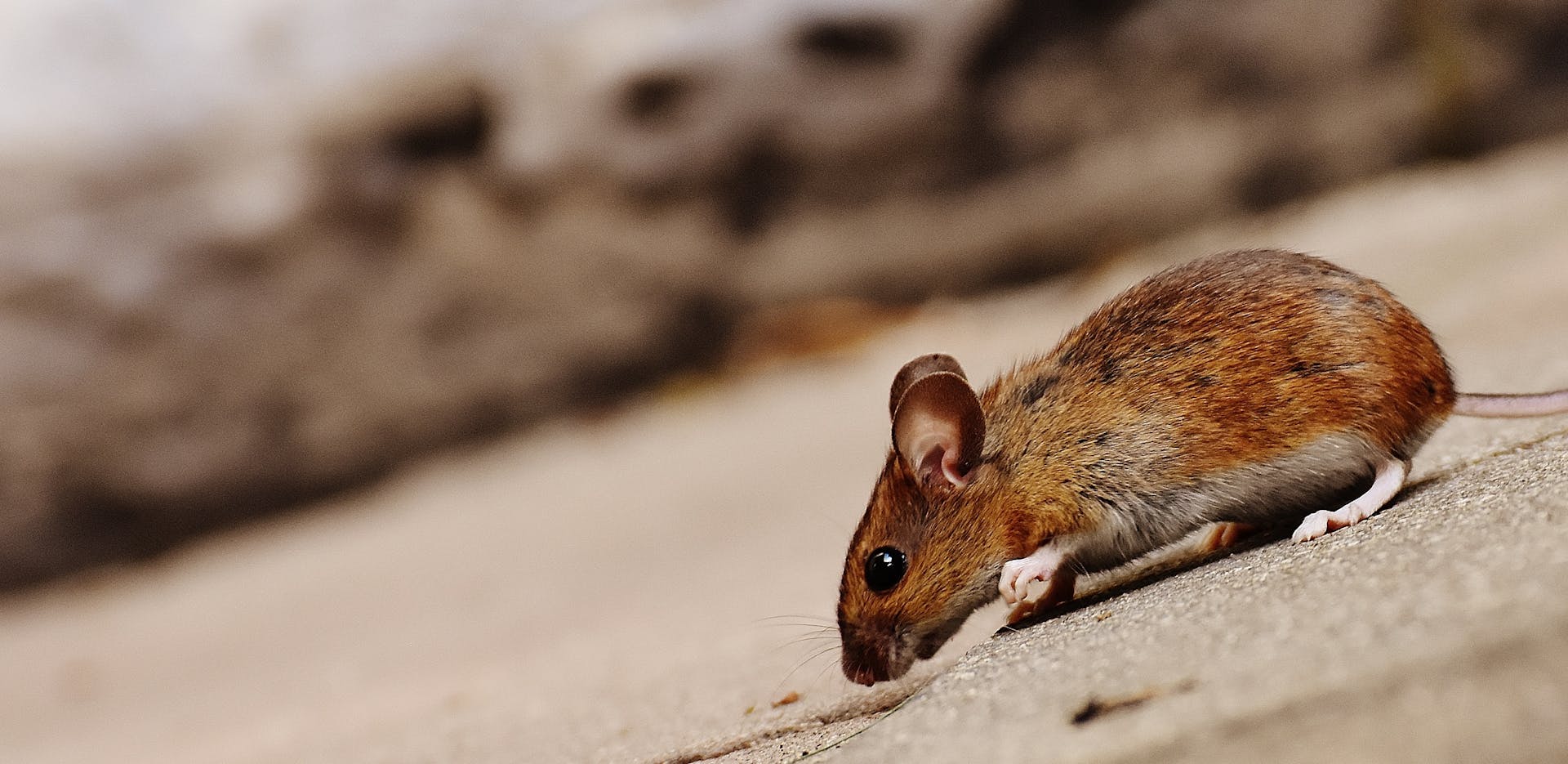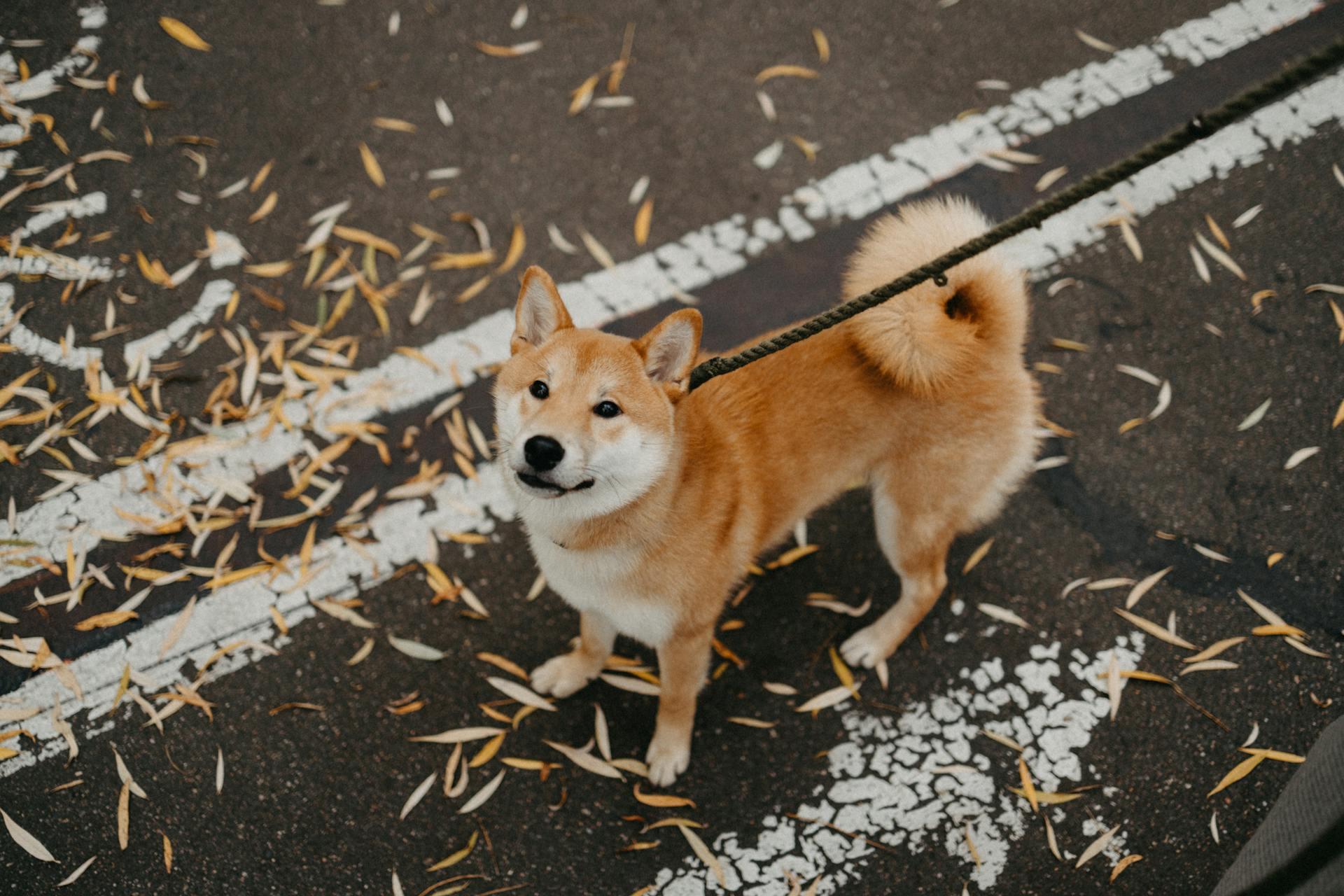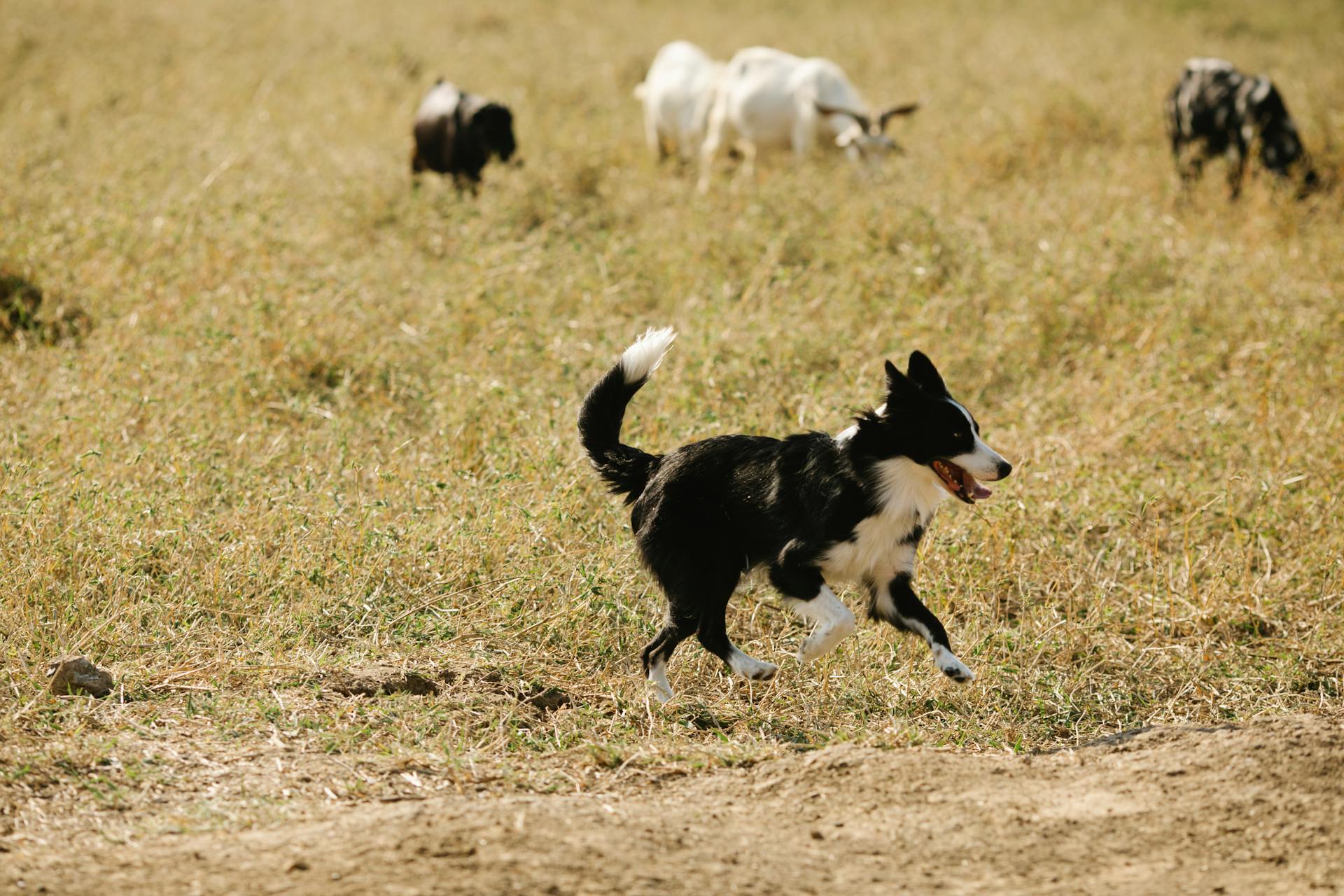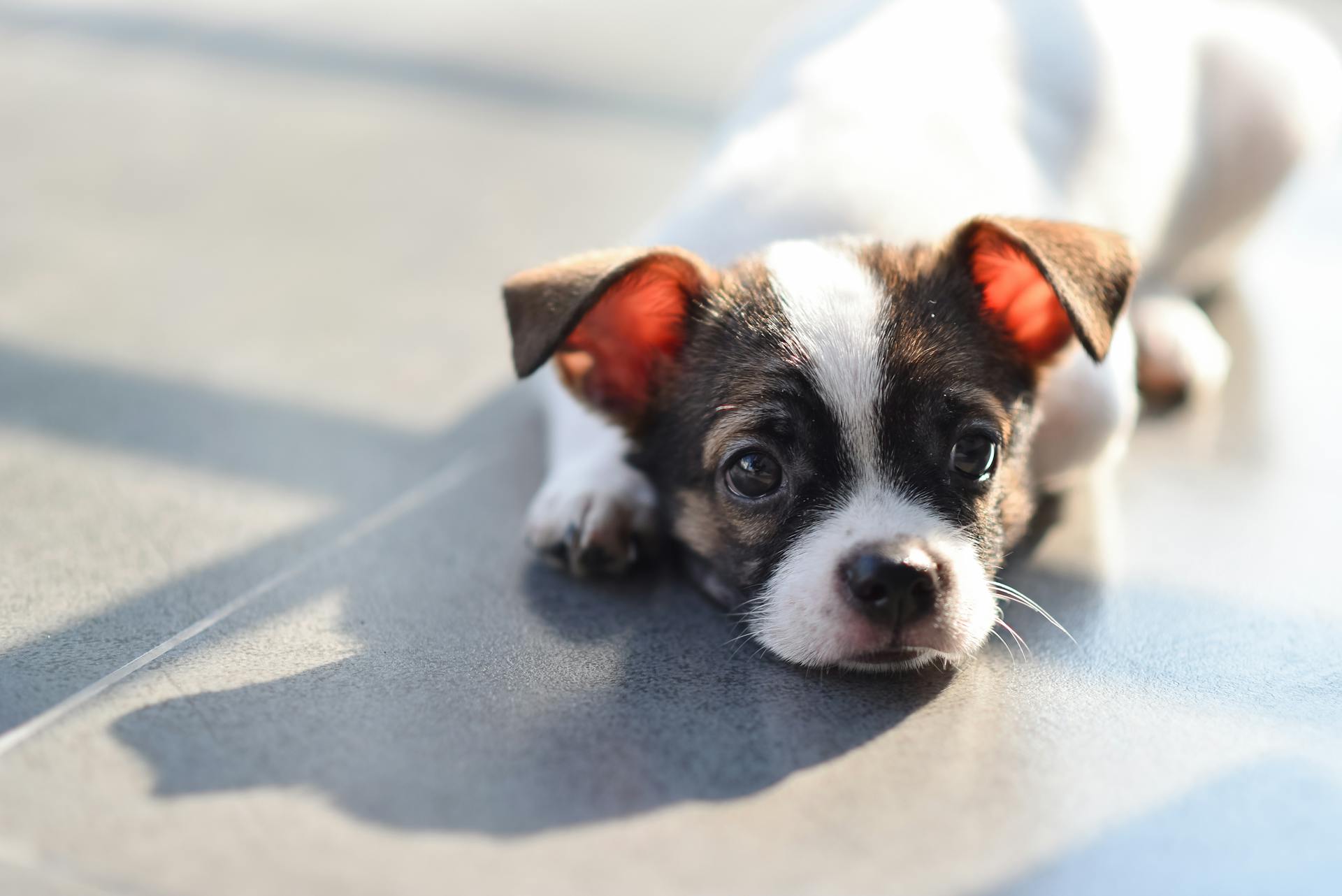
Miniature Schnauzers have a rich history that dates back to the 15th century in Germany. They were bred to be versatile farm dogs, tasked with protecting the family, property, and livestock.
Their original purpose was to control rodents and other small pests that threatened the farm's crops and livestock. This task required them to be intelligent, energetic, and fiercely protective.
In the 19th century, the breed was further developed to create three sizes: Standard, Giant, and Miniature. The Miniature Schnauzer was specifically bred to be a smaller version of the Standard Schnauzer, weighing around 11-18 pounds.
Their distinctive beards and eyebrows were not just for show – they were also thought to have helped protect the dog's face from biting insects and harsh weather conditions.
History of the Breed
The history of the miniature schnauzer breed is a fascinating one. The first recorded use of the name miniature schnauzer was in 1888, regarding a dog named Findel.
The breed's lineage dates back to the 15th century, with German farmers breeding the standard schnauzer with other breeds to create a dog with the size and hunter's temperament to go after rats and other nuisance animals. This was a time when farms needed dogs that could protect their property and livestock.
In the mid-to-late 19th century, German farmers began breeding the standard schnauzer with dogs like the miniature pinscher, affenpinscher, and miniature poodle to develop a smaller version of the breed. This was done to create a dog that could deal with rodent control and as a watchdog.
The first four miniature schnauzers arrived in the United States in 1924, and the American Kennel Club (AKC) recognized them two years later. Today, it's said that virtually all purebred miniature schnauzers in the United States can trace their lineage directly back to these four dogs.
Here's a brief overview of the three types of schnauzers:
The Schnauzer Family
There are three types of Schnauzers: Miniature, Standard, and Giant. The Standard Schnauzer was the first to be developed, used as working dogs on farms in Germany in the 15th century.
They pulled carts, guarded the farm, herded livestock, and hunted vermin. This versatility is a testament to the breed's intelligence and trainability.
The Standard Schnauzer was known as the Wirehaired Pinscher in German breeding, with the name "Schnauzer" coming from the German word for muzzle, "schnauze."
The breed's bearded muzzle is a distinctive feature that sets them apart.
The Giant Schnauzer was developed from the Standard Schnauzer by including Great Danes, German Pinschers, and Dobermans in the breeding stock. This resulted in a larger dog with the desired qualities of the Standard Schnauzer.
Today, Giant Schnauzers often work as police, military, and search-and-rescue dogs. Their size and intelligence make them well-suited for these roles.
The Miniature Schnauzer, on the other hand, was developed for its ratting abilities and is considered a terrier breed.
Intriguing read: Schnauzer Pups
Origin and Purpose
The Miniature Schnauzer was bred for a specific purpose, and it's fascinating to learn about its origins. The breed was developed as a ratter and watchdog, designed to deal with rodent control and alert people to things happening on the property.
Farmers wanted a smaller version of the Standard Schnauzer, which was an ideal farm dog. They believed a smaller version would be perfect for the job.
The Miniature Schnauzer was bred from a combination of breeds, including Standard Schnauzers, Miniature Pinschers, Poodles, and Affenpinschers. This unique mix of breeds helped create a dog with the desired qualities.
The first recorded use of the name Miniature Schnauzer was in 1888, regarding a dog named Findel. This marks the beginning of the breed's recognition as a distinct type of dog.
Here are the three types of Schnauzers, each with its own unique characteristics:
The Standard Schnauzer was the first on the scene, used in Germany in the 15th century as a working dog on farms. They were used for a variety of tasks, including pulling carts and guarding the farm.
Frequently Asked Questions
What two breeds make a Miniature Schnauzer?
Miniature Schnauzers are believed to be a cross between the Standard Schnauzer and smaller breeds, such as the Affenpinscher or Miniature Pinscher. Their exact origins are unclear, but they were bred to be efficient ratting dogs.
What is a schnauzer good for?
A Miniature Schnauzer is a versatile breed suitable for farm work, ridding homes of pests, and as a loyal companion. They excel as family pets, getting along well with kids and other animals.
What is special about Miniature Schnauzer?
The Miniature Schnauzer is a versatile and friendly breed that excels as both a farm dog and a loyal companion. Known for their intelligence, adaptability, and gentle nature, they make a great addition to many families.
Sources
- https://amsc.us/all-about-miniature-schnauzers/history-of-the-miniature-schnauzer/
- https://www.dailypaws.com/dogs-puppies/dog-breeds/miniature-schnauzer
- https://showsightmagazine.com/brief-history-miniature-schnauzer/
- https://www.dogster.com/dog-breeds/what-were-miniature-schnauzers-bred-for
- https://www.yourpurebredpuppy.com/reviews/miniatureschnauzers.html
Featured Images: pexels.com


